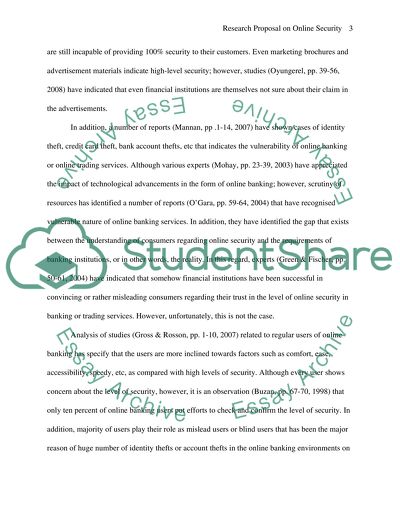Cite this document
(Gap between Requirements of Online Banking and Expectations of Research Proposal - 2, n.d.)
Gap between Requirements of Online Banking and Expectations of Research Proposal - 2. Retrieved from https://studentshare.org/information-technology/1571965-research-proposal
Gap between Requirements of Online Banking and Expectations of Research Proposal - 2. Retrieved from https://studentshare.org/information-technology/1571965-research-proposal
(Gap Between Requirements of Online Banking and Expectations of Research Proposal - 2)
Gap Between Requirements of Online Banking and Expectations of Research Proposal - 2. https://studentshare.org/information-technology/1571965-research-proposal.
Gap Between Requirements of Online Banking and Expectations of Research Proposal - 2. https://studentshare.org/information-technology/1571965-research-proposal.
“Gap Between Requirements of Online Banking and Expectations of Research Proposal - 2”, n.d. https://studentshare.org/information-technology/1571965-research-proposal.


